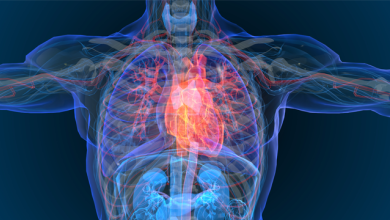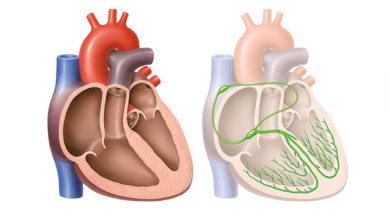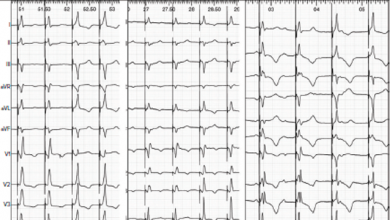Search results
Author(s):
Maarten Antonius Koole
,
Sanne de Jong
,
Barbara J Mulder
,
et al
Added:
1 week ago
Anisotropic Cardiac Conduction
Author(s):
Irum D Kotadia
,
John Whitaker
,
Caroline H Roney
,
et al
Added:
3 years ago
Article
Author(s):
Nadine Ali
,
Daniel Keene
,
Ahran D Arnold
,
et al
Added:
3 years ago
His bundle pacing in humans was first described in 1970 by Narula et al.1 They demonstrated that it was possible to stimulate the His bundle to produce normal physiological ventricular activation via the His-Purkinje system. However, the first report of permanent His bundle pacing, by Deshmukh et al., did not occur until 2000.2 In that study, His pacing was performed in a series of patients with…
View more
Author(s):
Ethan R Ellis
,
Mark E Josephson
Added:
3 years ago
Cardiomyopathies are heterogeneous heart muscle disorders with a wide range of aetiologies and clinical manifestations. They are often defined by their causes (i.e. hypertension, prior myocardial infarction, valvular heart disease), although current major society definitions describe cardiomyopathy as the presence of abnormal myocardial structure and/or function in the absence of underlying…
View more
LBBAP in Heart Failure
Author(s):
Juan Carlos Diaz
,
Mauricio Duque
,
Julian Aristizabal
,
et al
Added:
4 months ago
Article
Update in Cardiac Pacing
Author(s):
Nishant Verma
,
Bradley P Knight
Added:
3 years ago
Article
Author(s):
Pasquale Santangeli
,
Luigi Di Biase
,
Eloisa Basile
,
et al
Added:
3 years ago
The number of invasive electrophysiological procedures is steadily increasing in Western countries, as techniques advance and the age of the population increases. Gender exerts a profound influence on the epidemiology, pathophysiology and clinical presentation of many cardiac rhythm disorders, and all these factors may affect the outcome of invasive electrophysiological procedures. Disturbingly,…
View more
Author(s):
Marek Jastrzębski
Added:
2 years ago
Author(s):
Ameeta Yaksh
,
Lisette JME van der Does
,
Eva AH Lanters
,
et al
Added:
3 years ago
Cardiac arrhythmias during pregnancy pose a serious threat to the health of both mother and foetus. Women with established tachyarrhythmias, congenital heart defects or channelopathies have the highest risk for development of arrhythmias.1,2 They also develop de novo or occur in women without apparent heart diseases. Tachyarrhythmias, including both supraventricular and ventricular tachycardias,…
View more
Author(s):
Pasquale Vergara
,
Savino Altizio
,
Giulio Falasconi
,
et al
Added:
3 years ago














 « First
« First